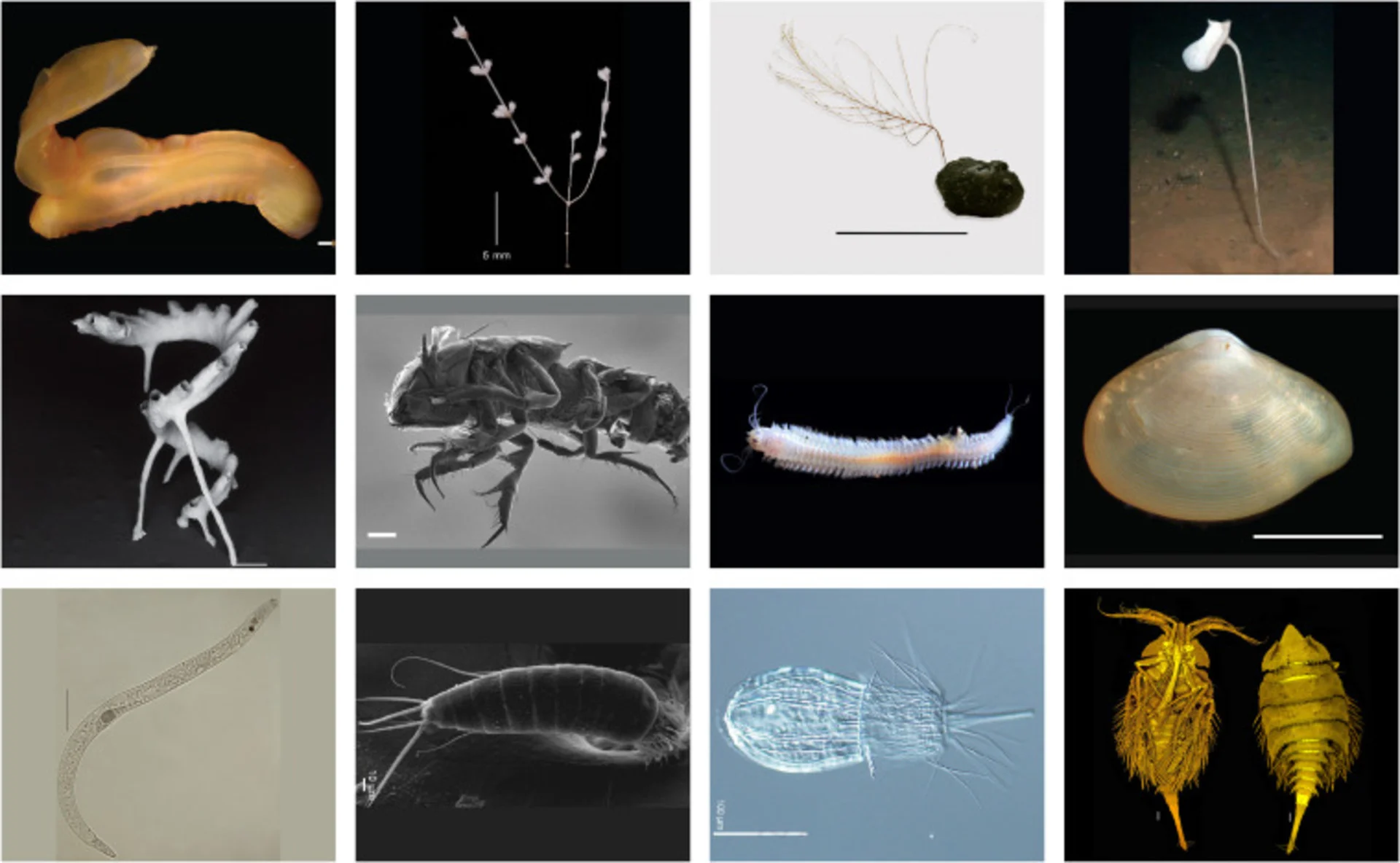
Future deep-sea mining zone home to thousands of species that are new to science
More than 5,000 species live within the area.
Deep within the Clarion-Clipperton Zone, or the CCZ, an expansive region twice the size of India, lies a hidden treasure trove of minerals, like nickel, copper, and zinc.
The area has already been divided and assigned to companies for future deep-sea mining, prompting biologists to survey the CCZ to see what could be at risk.
The findings, published in a new study, are sobering.
To shed light on the potential risks of deep-sea mining, the team meticulously compiled species data from previous research expeditions, painting a vivid picture of the region's biodiversity.
Through analysis of over 100,000 records, a staggering 5,578 distinct species were identified, with up to 92 per cent of them previously unknown to science.
"There's some just remarkable species down there. Some of the sponges look like classic bath sponges, and some look like vases. They're just beautiful," said Muriel Rabone, a deep-sea ecologist at the Natural History Museum London, UK, says in a statement.
Stretching six million square kilometres, from Hawaii to Mexico, the CCZ stands as one of the last untouched wilderness regions in our global ocean.
Looking ahead, the team stresses the urgency of cohesive, collaborative, and multidisciplinary research efforts to better understand the creatures that live in the CCZ. They urge scientists to explore the intricate connections between the newly discovered species and their environment.
"There are so many wonderful species in the CCZ, and with the possibility of mining looming, it's doubly important that we know more about these really understudied habitats," Rabone says.
RELATED: The nature challenge the boosts biodiversity:
Header image: Current Biology










